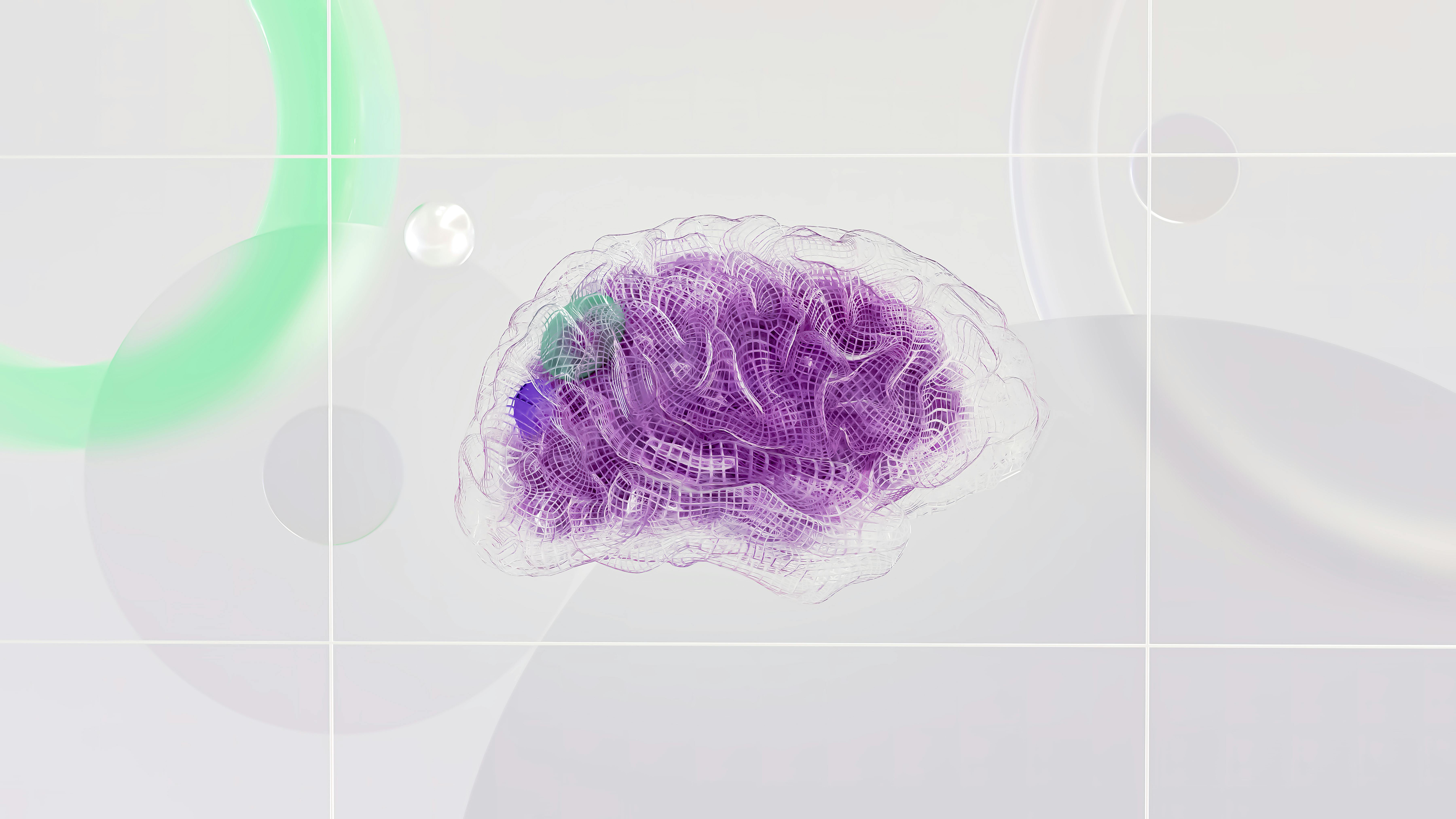The Hidden Psychology Behind Brands That Convert
Aug 15, 2024
Why do some brands instantly feel trustworthy while others make you hit the back button? The answer lies in psychology—and understanding it can transform your business.
The 50-Millisecond Decision
Research from Google shows that users form opinions about websites in as little as 50 milliseconds. That's faster than the blink of an eye. In that split second, your brand is either building trust or destroying it, and the decision happens entirely in the subconscious mind.
The Trust Triggers
After analyzing hundreds of high-converting websites and working with businesses across industries, we've identified the psychological triggers that separate brands that convert from those that don't:
Color Psychology in Action Blue builds trust (think banks and tech companies), but the wrong shade can feel cold. Red creates urgency but can trigger anxiety. We recently worked with a financial consultancy that was using bright red as their primary color—their consultation booking rate doubled when we shifted to a professional navy with strategic red accents.
Typography and Authority Your font choice isn't aesthetic—it's psychological. Serif fonts feel traditional and trustworthy. Sans-serif fonts feel modern and approachable. Script fonts feel personal but can undermine authority. We choose typography that aligns with how you want to be perceived.
White Space and Premium Perception Luxury brands understand this: white space equals perceived value. Cramped designs feel cheap, regardless of actual quality. Strategic use of white space can increase perceived value by up to 30%.
The Paradox of Choice Too many options paralyze users. We limit primary navigation to 5-7 items, offer 2-3 service packages maximum, and ensure every page has one clear primary action. Simplicity converts.
Social Proof and Herd Mentality Humans are social creatures. We look for evidence that others have made the same choice successfully. But generic testimonials don't work anymore. Specific results, recognizable company logos, and real photos of real people create genuine social proof.
The Authority Gradient Professional photography, consistent visual hierarchy, and premium materials signal competence. When potential clients can't evaluate your actual service quality before purchasing, they judge capability by presentation quality.
Cognitive Load and Conversion Every element on your page requires mental energy to process. Too much cognitive load leads to decision fatigue and abandoned visits. We design with cognitive load in mind, making the path to conversion as frictionless as possible.
The Consistency Principle Inconsistent branding creates subconscious doubt. If you can't maintain consistent colors, fonts, and messaging, potential clients wonder what else you might be inconsistent about. Brand guidelines aren't perfectionism—they're psychology.
Applying Psychology to Your Brand
At Augmenter Design, we don't just create beautiful designs—we create psychological frameworks that guide visitors toward conversion. Every color choice, font selection, and layout decision is informed by behavioral psychology and conversion research.
The Framer Advantage for Psychology Micro-interactions and subtle animations can reinforce psychological triggers. A smooth hover animation feels premium. A loading state that doesn't frustrate keeps users engaged. Strategic motion design guides attention exactly where it needs to go.
Beyond Aesthetics
Great brand design isn't about personal taste—it's about understanding your audience's psychology and designing experiences that align with how their brains actually make decisions.
Ready to leverage psychology for better conversions? Let's design a brand that works with human nature, not against it.




